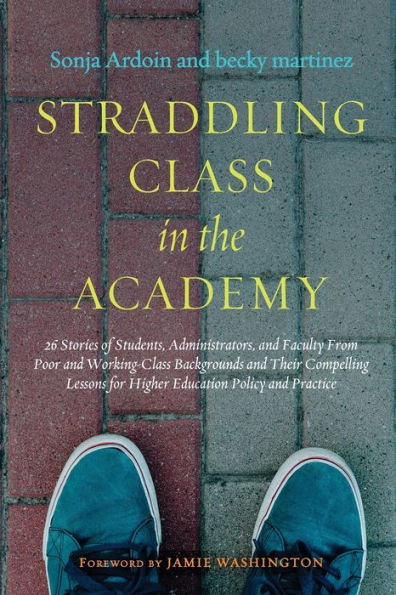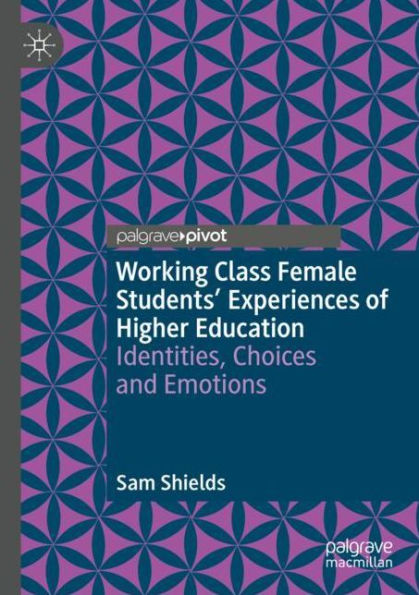Home
Straddling Class the Academy: 26 Stories of Students, Administrators, and Faculty From Poor Working-Class Backgrounds Their Compelling Lessons for Higher Education Policy Practice
Loading Inventory...
Barnes and Noble
Straddling Class the Academy: 26 Stories of Students, Administrators, and Faculty From Poor Working-Class Backgrounds Their Compelling Lessons for Higher Education Policy Practice
Current price: $180.00


Barnes and Noble
Straddling Class the Academy: 26 Stories of Students, Administrators, and Faculty From Poor Working-Class Backgrounds Their Compelling Lessons for Higher Education Policy Practice
Current price: $180.00
Loading Inventory...
Size: Hardcover
*Product Information may vary - to confirm product availability, pricing, and additional information please contact Barnes and Noble
Why do we feel uncomfortable talking about class? Why is it taboo? Why do people often address class through coded terminology like trashy, classy, and snobby? How does discriminatory language, or how do conscious or unconscious derogatory attitudes, or the anticipation of such behaviors, impact those from poor and working class backgrounds when they straddle class? Through 26 narratives of individuals from poor and working class backgrounds – ranging from students, to multiple levels of administrators and faculty, both tenured and non-tenured – this book provides a vivid understanding of how people can experience and straddle class in the middle, upper, or even elitist class contexts of the academy.Through the powerful stories of individuals who hold many different identitiesand naming a range of ways they identify in terms of race, ethnicity, gender, sexuality, age, ability, and religion, among othersthis book shows how social class identity and classism impact people's experience in higher education and why we should focus more attention on this dimension of identity. The book opens by setting the foundation by examining definitions of class, discussing its impact on identity, and summarizing the literature on class and what it can tell us about the complexities of class identity, its fluidity, sometimes performative nature, and the sense of dissonance it can provoke.This book brings social class identity to the forefront of our consciousness, conversations, and behaviors and compels those in the academy to recognize classism and reimagine higher education to welcome and support those from poor and working class backgrounds. Its concluding chapter proposes means for both increasing social class consciousness and social class inclusivity in the academy. It is a compelling read for everyone in the academy, not least for those from poor or working class backgrounds who will find validation and recognition and draw strength from its vivid stories.







